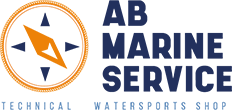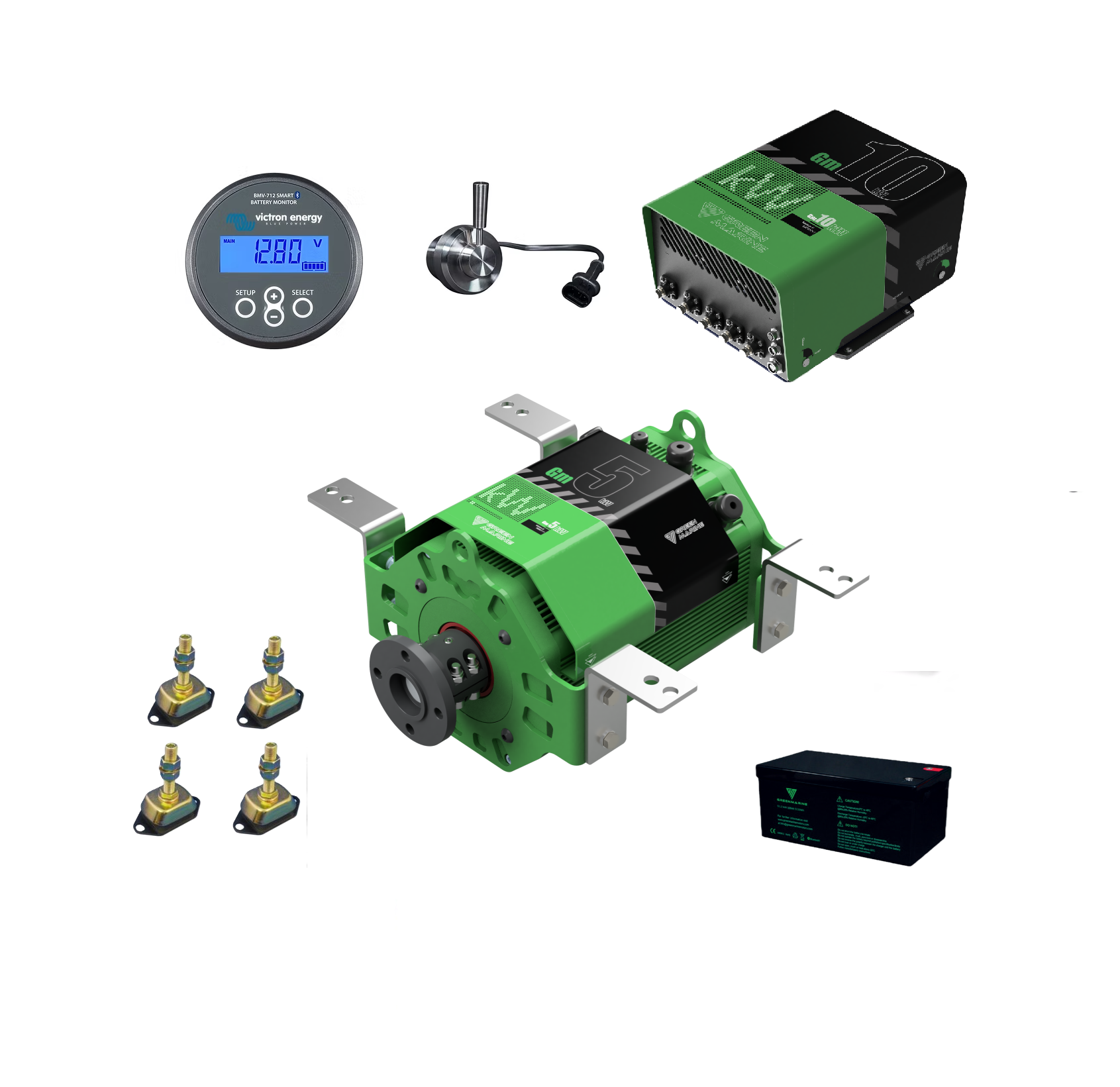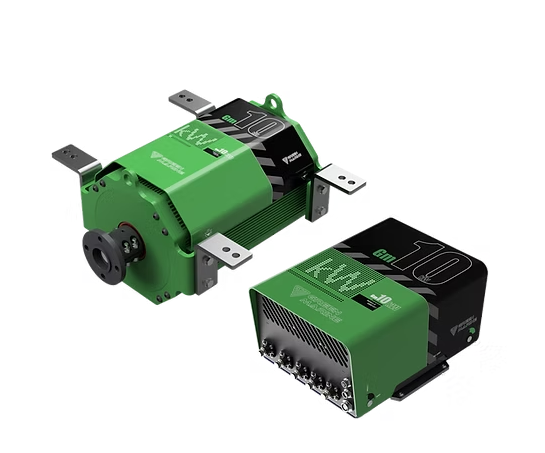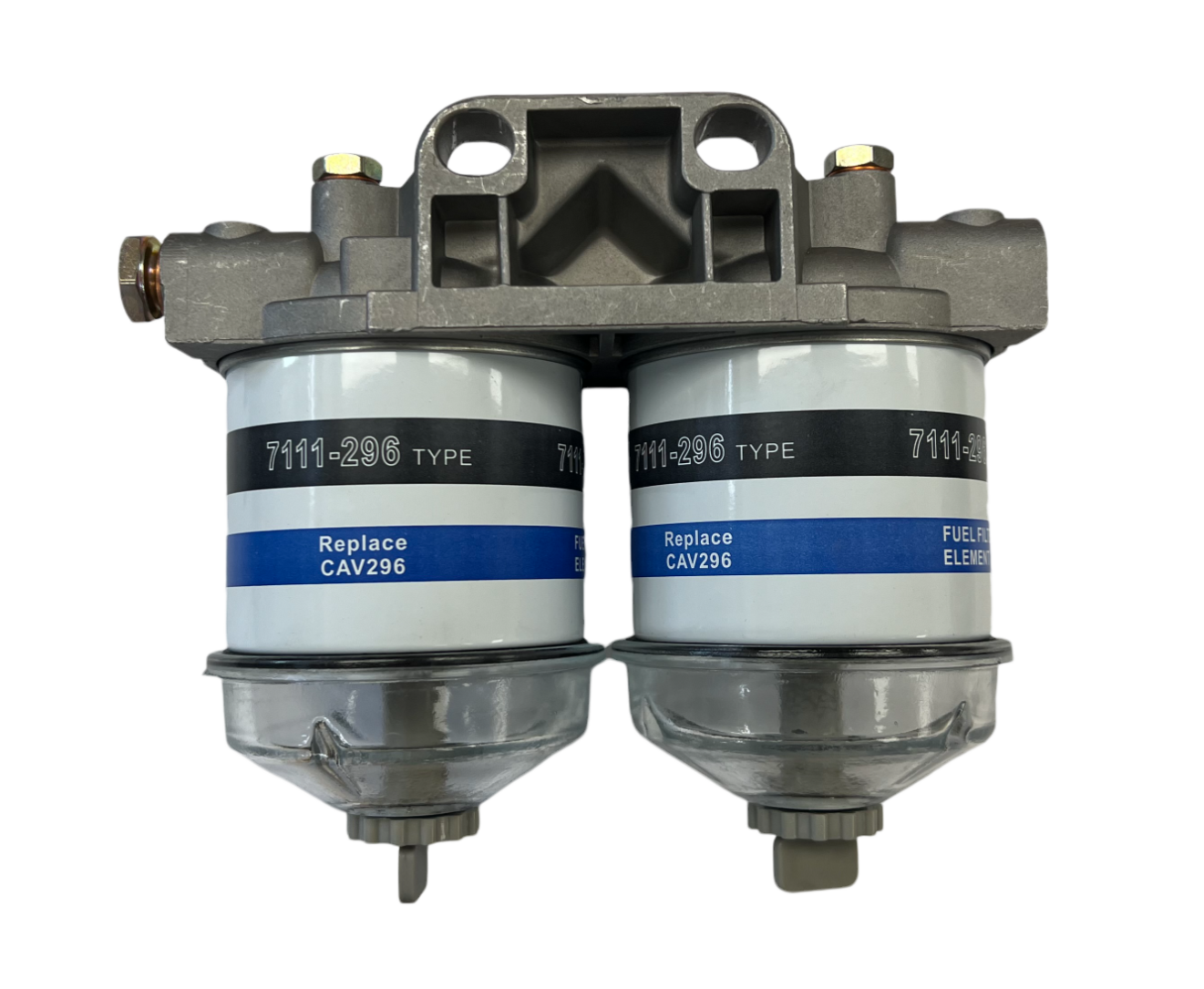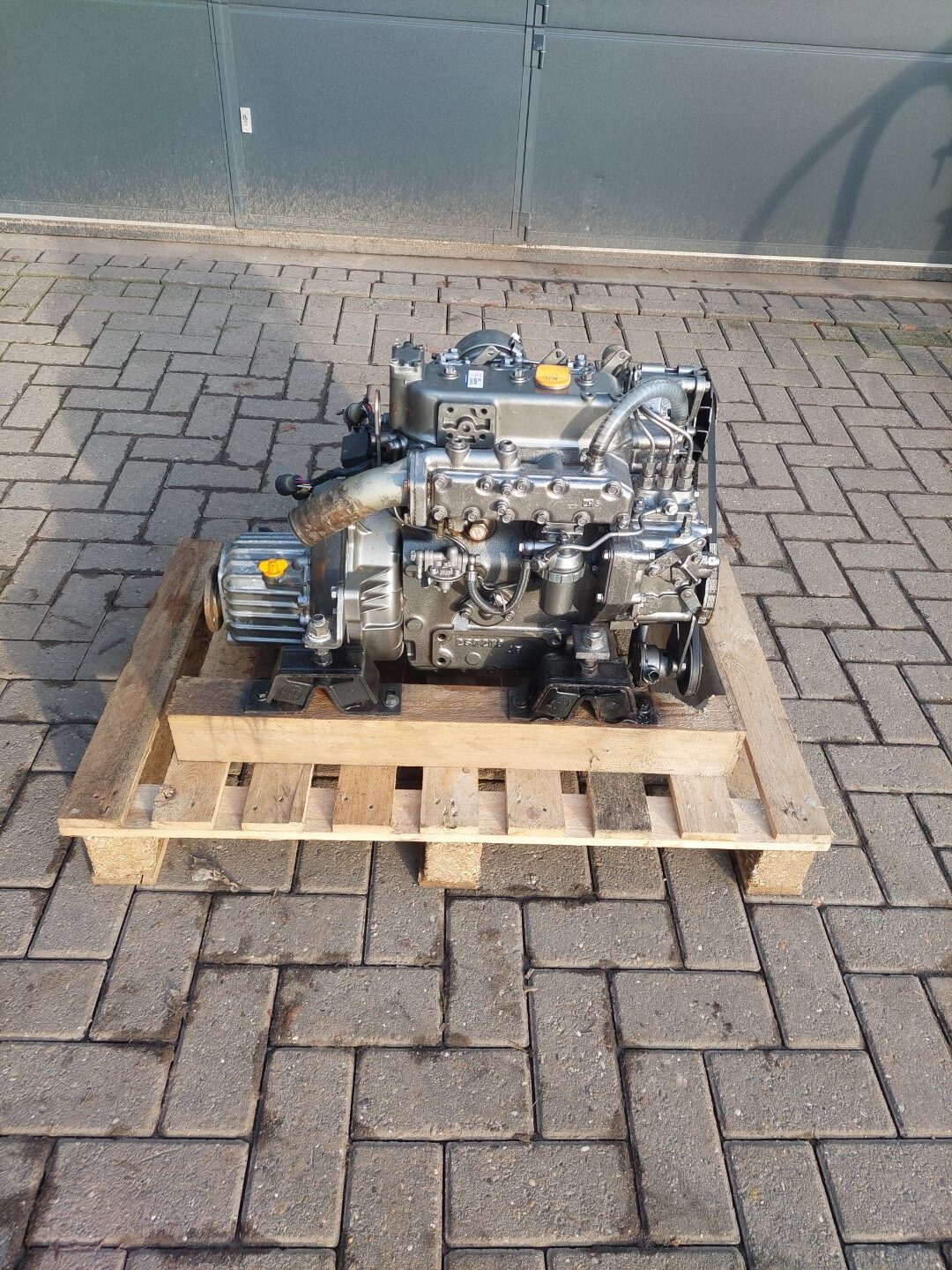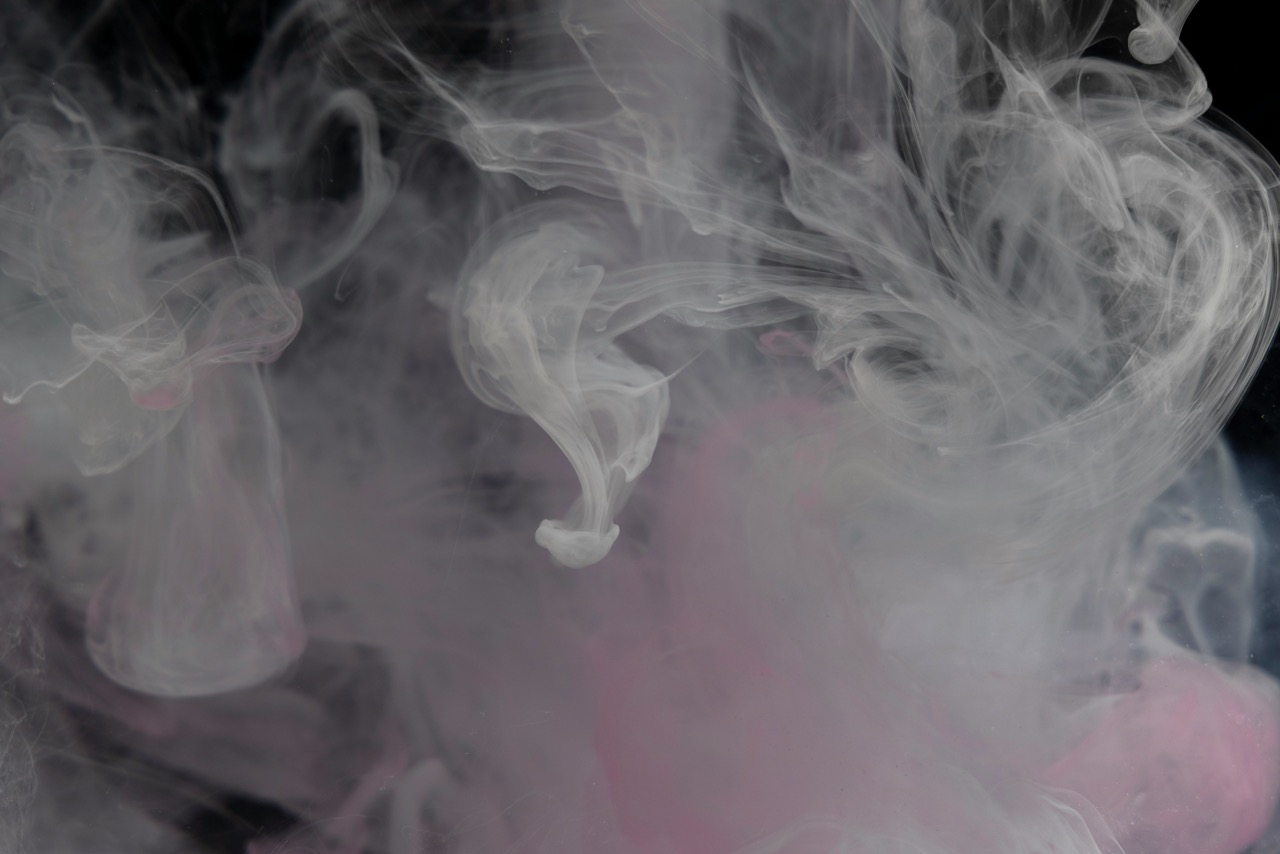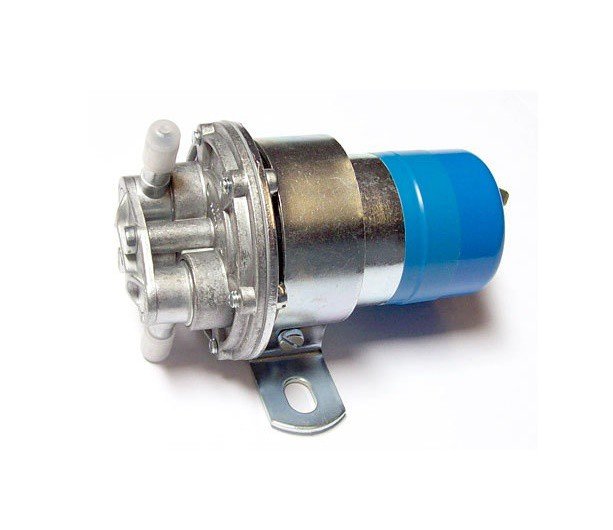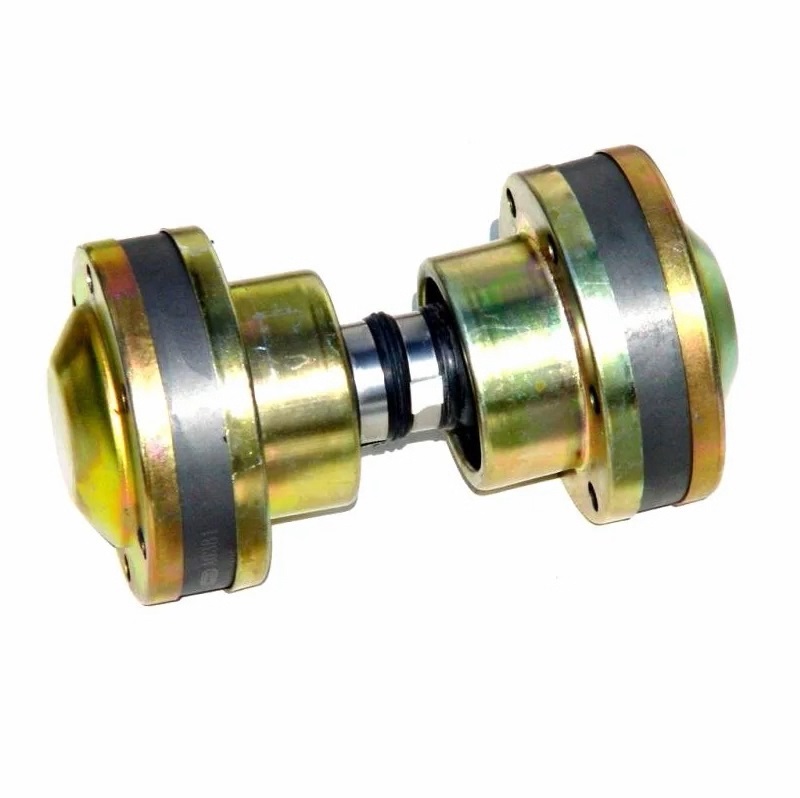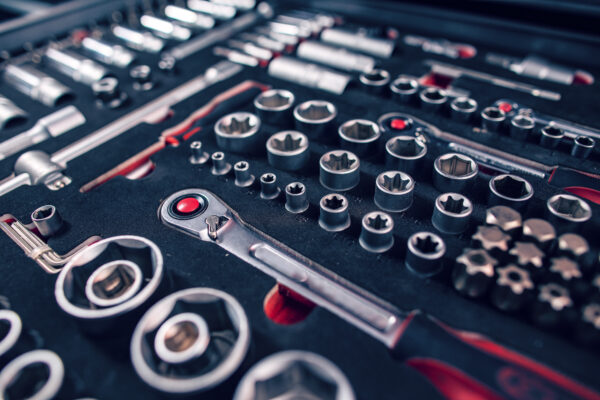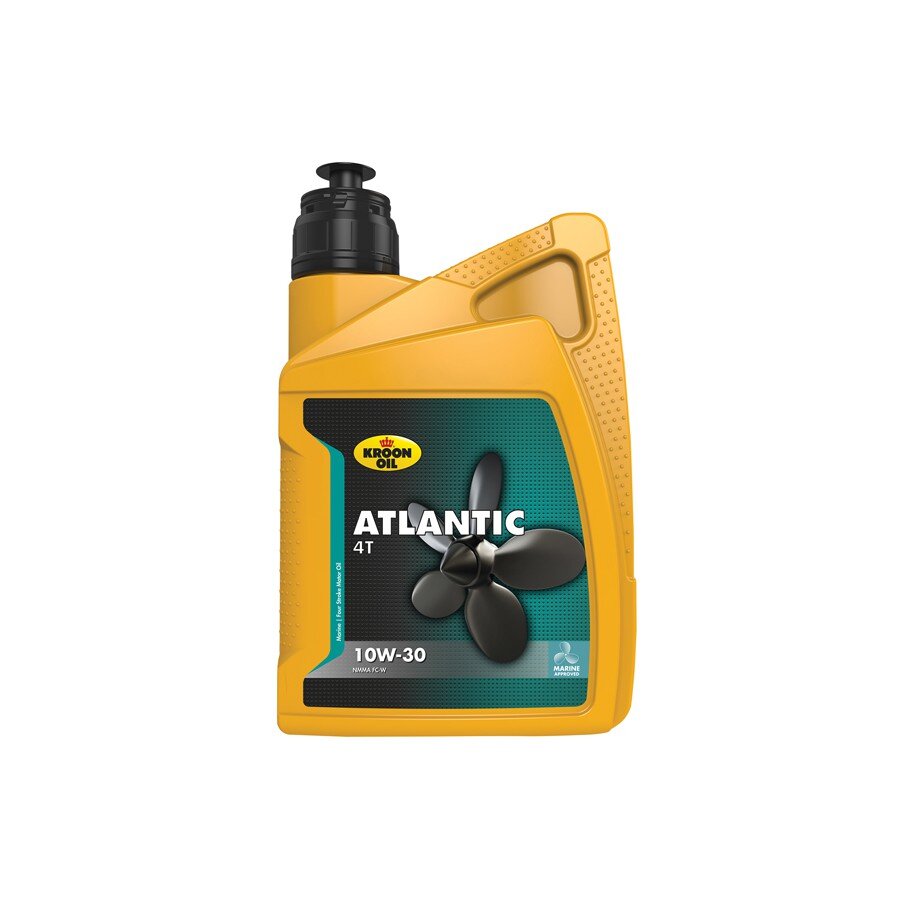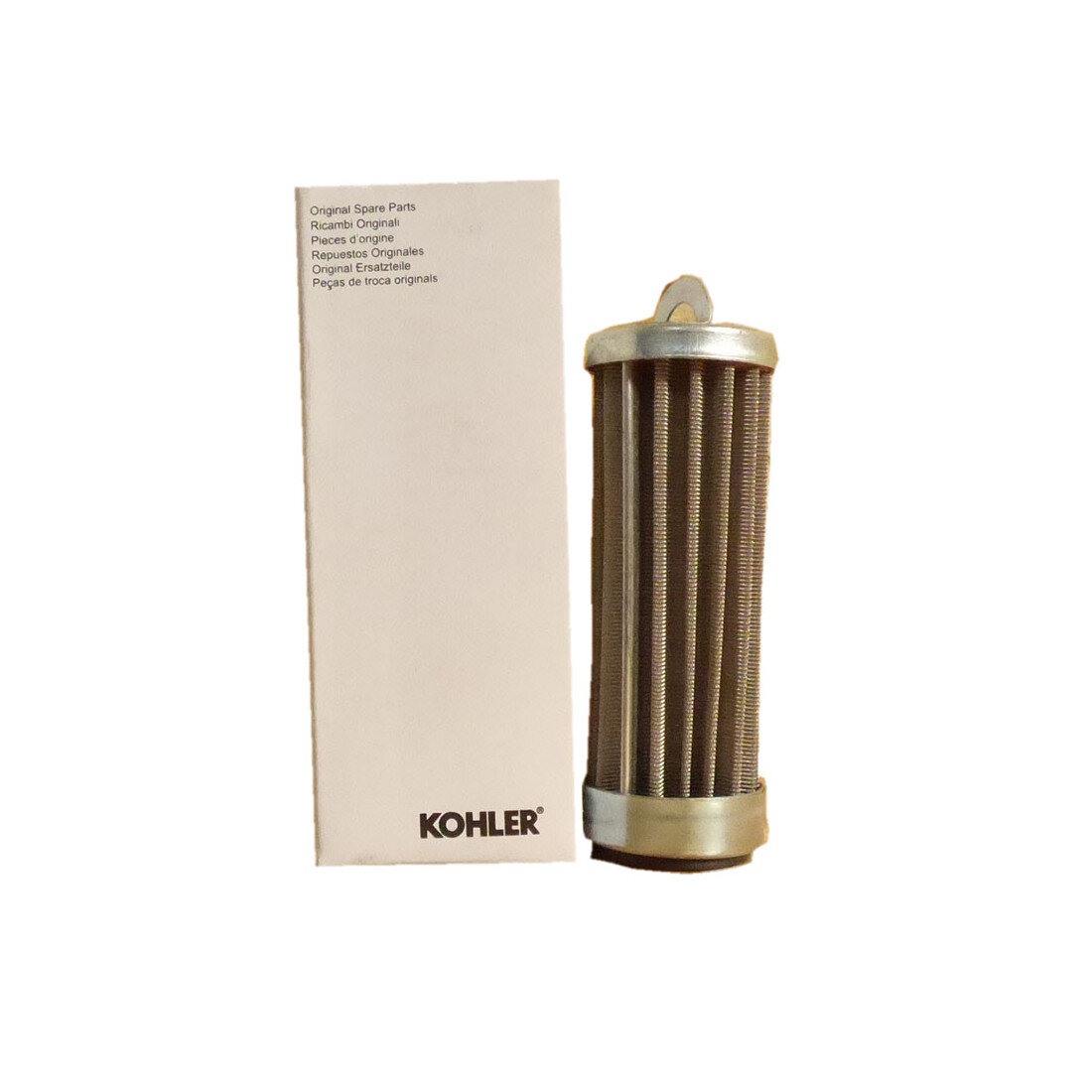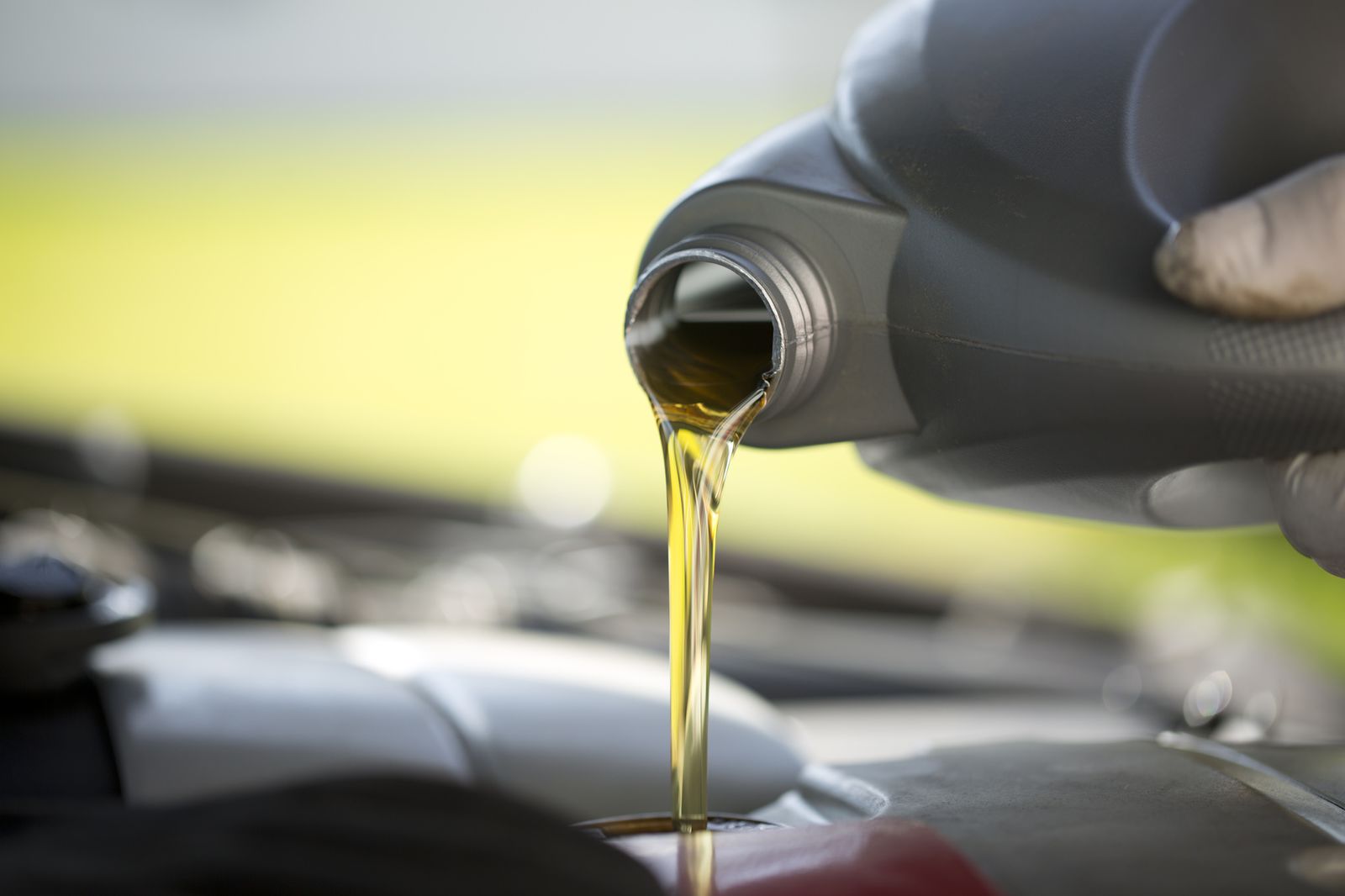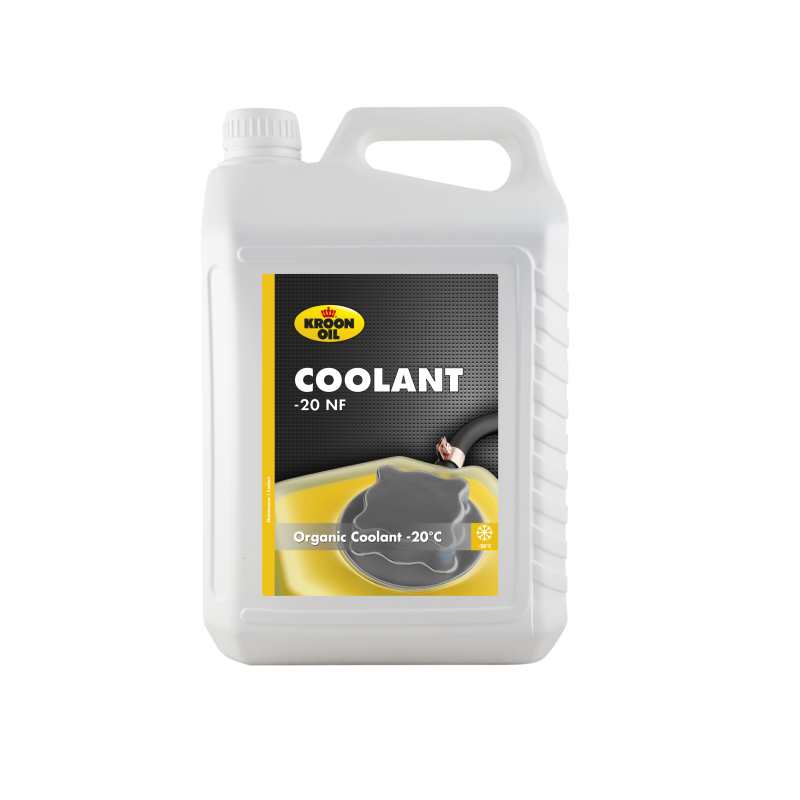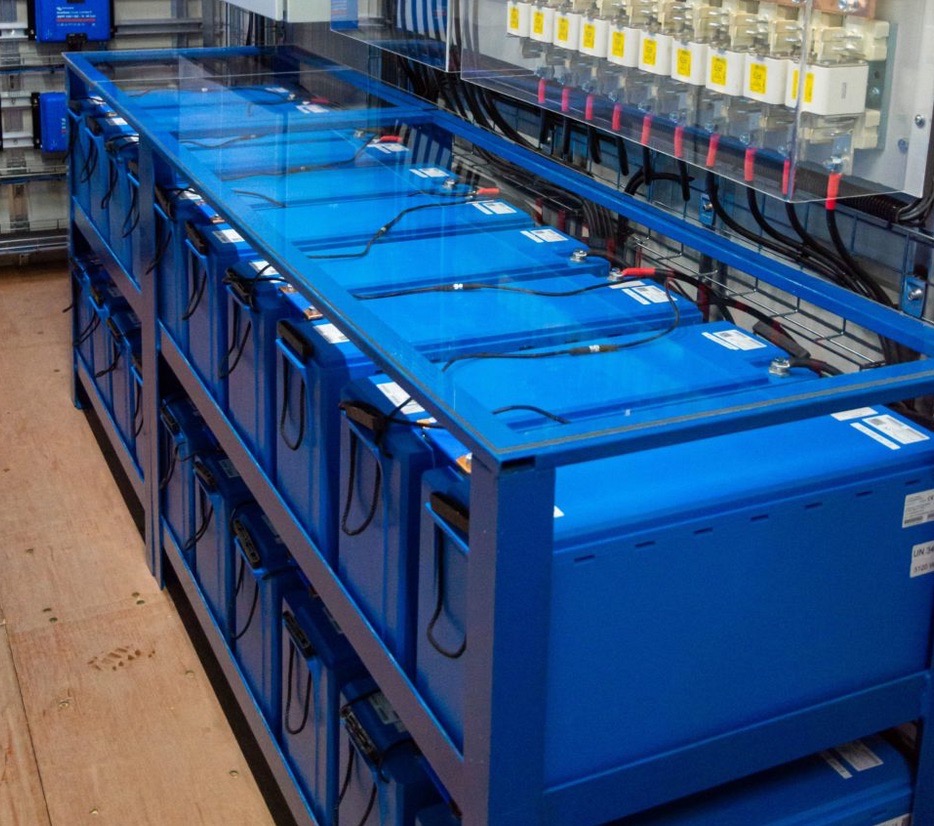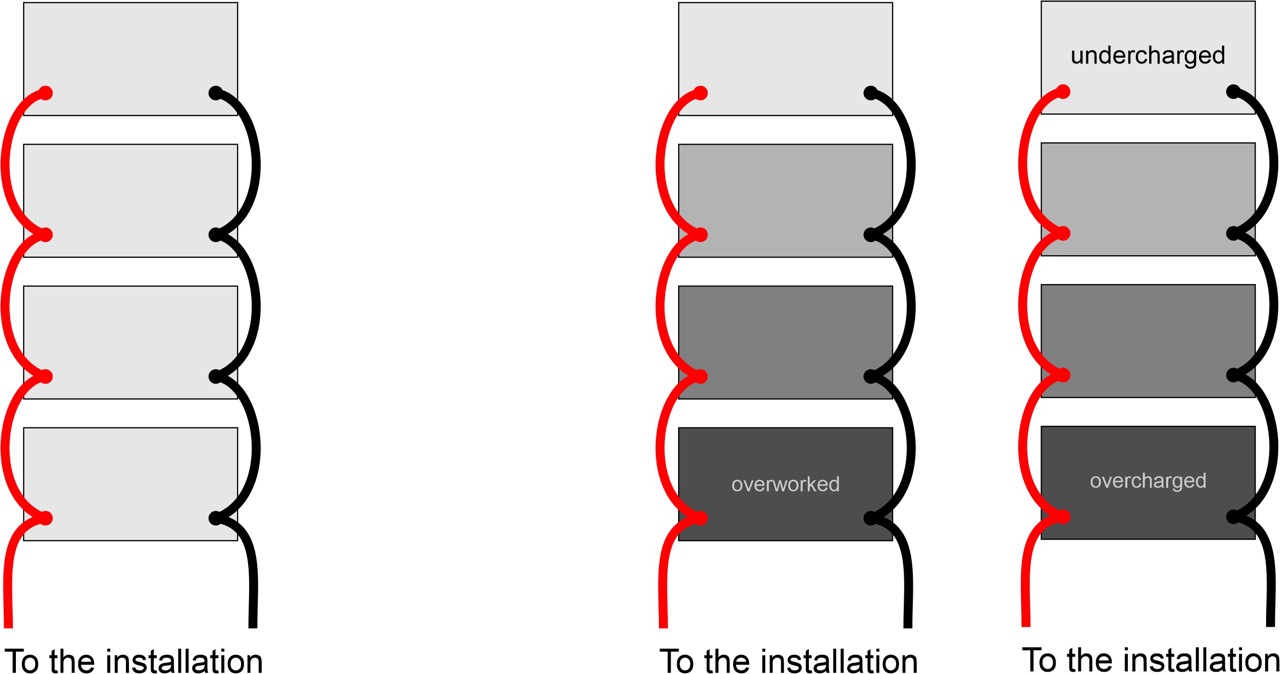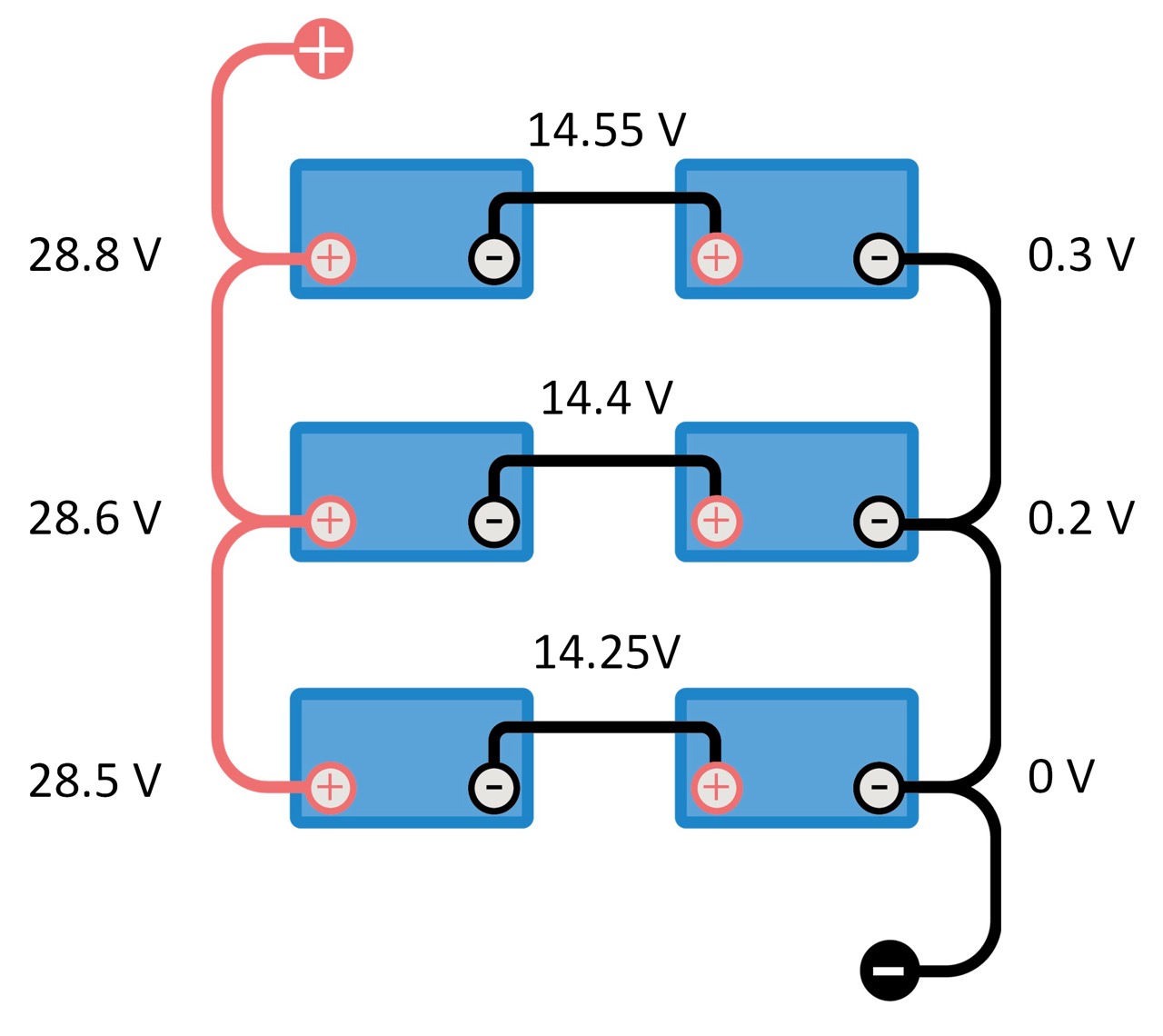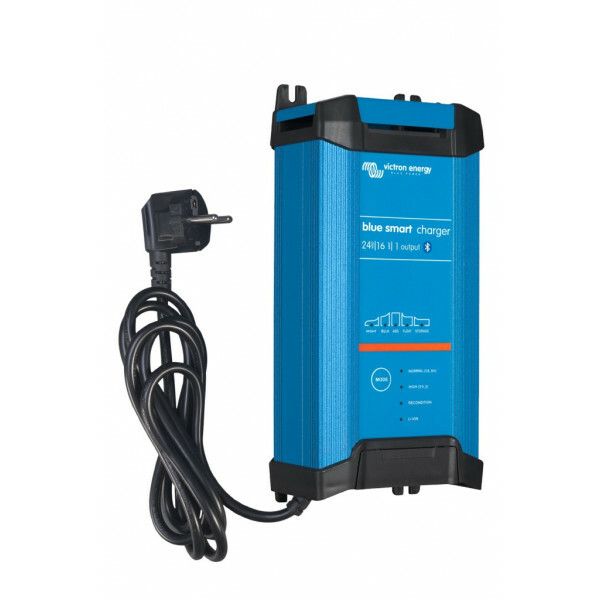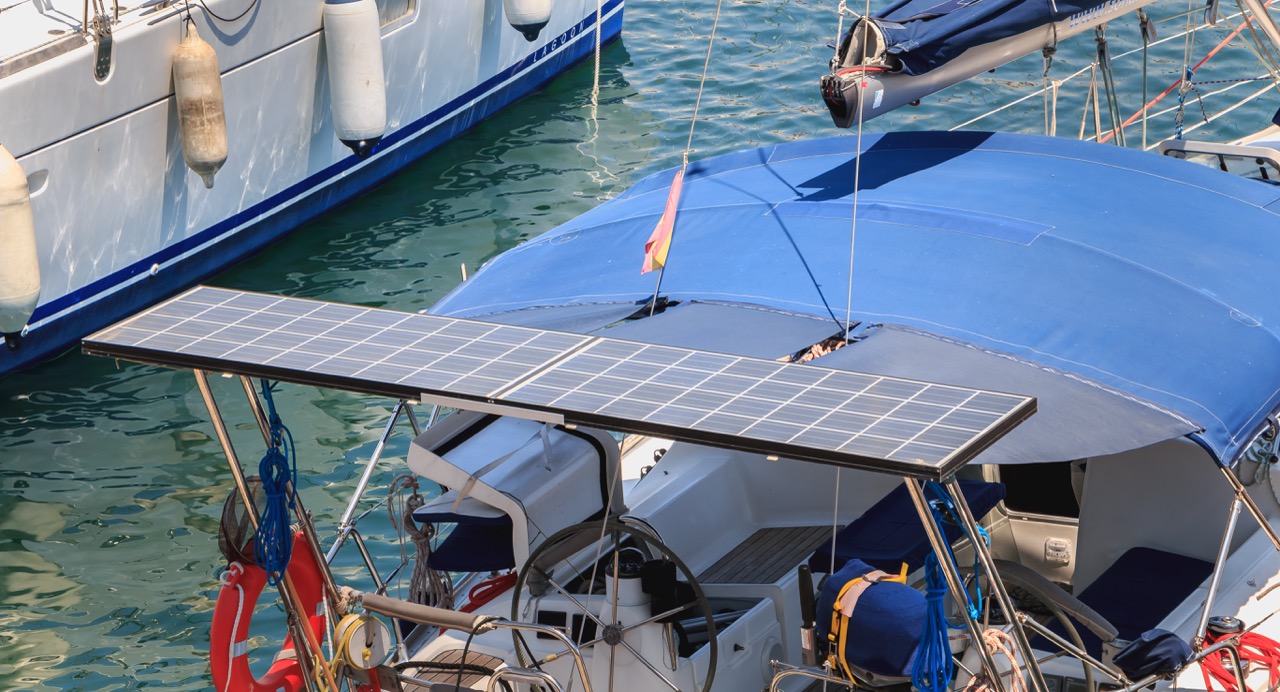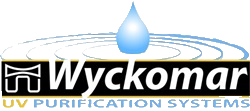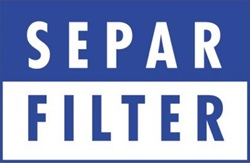
The damper plate is an important part of your boat’s drivetrain. It is located between the flywheel and the reverse gear and dampens unwanted vibrations and shocks for a smoother drive.
When the damper plate becomes worn out, problems can arise such as vibrations, noises, and uneven propulsion. This blog explains why and when you need to replace a damper plate, how to do it, and how to choose the right damper plate for your boat.
Why and when should you replace a damper plate?
When your boat’s damper plate wears out over time, it can cause malfunctions and discomfort. Below, we discuss some common problems that indicate the damper plate needs replacing.
Vibrations and noises in the reversing gear
When you notice your gearbox vibrating slightly or making unusual noises, this can indicate wear on the damper plate. The plastic cams or springs in the damper plate may lose their damping effect, causing vibrations to be transmitted directly to the drivetrain. This can result in extra wear on other parts of your gearbox, such as bearings, the output shaft, and gears.
Problems at low revs
A worn damper plate can cause problems at low revs. This can manifest as an uneven drive or juddering when engaging the gearbox. This is particularly noticeable when manoeuvring the boat in harbour or when mooring, when the engine is running at low revs.
Rattling and banging from the gearbox
If your gearbox clunks when shifting or you hear a rattling noise, it could be a sign that the damper plate is no longer functioning optimally and needs replacing. The splines on the special plate could be worn, preventing the gearbox from engaging smoothly.

Step-by-step guide: Replacing the damper plate
Replacing a damper plate is a job that, with the right preparation, is quite manageable. Below you’ll find out how to tackle it. We’ll start with a list of the tools needed to replace this special plate:
- Socket set
- Torque wrench
- Screwdrivers
- Jack or hoist (to move the engine slightly)
- New damper plate
- Safety glasses and gloves
- Brake cleaner (to clean parts)
Step 1 – Preparation: Ensure the engine is switched off and you have safe access to the gearbox. Remove the cover or hatch to gain good access to the gearbox and flywheel. Check the surroundings for loose parts and ensure you are working on a stable surface.
Step 2 – Detaching the reversing gearbox: Unscrew the bolts that attach the reversing gearbox. Sometimes it’s necessary to lift the engine slightly with a hoist or jack to gain better access to the reversing gearbox. Ensure the reversing gearbox is properly supported so it doesn’t fall unexpectedly.
Step 3 – Removing the old damper plate: The damper plate is located between the flywheel and the reversing gearbox. Unscrew the old plate and note how it is fitted so that you can install the new damper plate in the same way. Check the old damper plate for signs of wear, such as cracks, worn springs, or broken plastic cams.
Step 4 – Fitting the new damper plate: Fit the new damper plate, ensuring the screws are securely tightened. Check that the splines and the triangle on the plate are correctly aligned with the reversing gearbox. It is important to select the correct damper plate with the appropriate diameter and specifications for your engine and reversing gearbox.
Step 5 – Refitting the reversing gearbox: Re-mount the reversing gearbox onto the engine and tighten the bolts to the recommended torque settings. Check that everything is secure and that there is no play. An incorrectly fitted reversing gearbox can cause damage to both the engine and the drive.
Step 6 – Test the engine: Start the engine and listen for vibrations, noises, or any other signs that might indicate incorrect assembly. Run the engine at various speeds, including idling, and engage and disengage the reversing gearbox a few times. If everything operates smoothly, the job is successfully completed!

Choosing the right mounting plate for your boat
Choosing the right mounting plate for your boat If you’ve got a new gearbox or aren’t sure which mounting plate is right for your boat, then choosing the correct one is important. The wrong plate can cause vibrations and lead to premature wear on your gearbox.
Boat Type
Different boats require different damper plates. For instance, an Indenor diesel engine often requires a different plate than a Volvo Penta engine. The load on the engine and gearbox also plays a part in selecting the correct plate.
Gearbox type
The gearbox also influences which damper plate you need. Popular types such as PRM Delta and ZF gearboxes have specific damper plates. Check the description of your gearbox to make the correct choice. The splining and damping of the damper plate must exactly match those of your gearbox.
Dimensions and specifications
Pay attention to the diameter, splining, and springs of the damper plate. These must match the specifications of your engine and gearbox for optimal damping and performance. The wrong damper plate can lead to extra wear and unnecessary costs.
Take your engine’s torque into account!
The torque of your engine, expressed in Newton metres (Nm), indicates how much force the engine produces at a given speed. This is important when choosing the correct damper plate, as it must be able to withstand your engine’s torque. Don’t know the torque? Easily calculate it with our torque calculator.
AB Marine Service damper plates
At AB Marine Service, you’ll find a wide range of damper plates for various gearboxes and engines. Our products are carefully selected and feature clear descriptions and customer ratings. We offer damper plates made from high-quality materials, specifically designed for optimal performance and a long Service life.
With this guide, you can replace your damper plate yourself and ensure your boat functions optimally again. Do you have questions or would you like advice on the correct damper plate? Feel free to contact AB Marine Service. We are happy to help.
Before and after replacing the damper platet
Curious about the difference? In the videos below, you’ll see how the sound quality changes after replacing the damper plate.

